Blogs
12 November 2020
Reading Time: 7 mins
Blogs
12 November 2020
Reading Time: 7 mins
The pandemic has swept the world leaving no corner unscathed by its effects. As many countries are readying for a second wave, the virus has left many questioning how we move forward.
To combat this virus, we must focus on awareness and prevention so that we can move towards recovery. Awareness comes from being informed. And that’s IoT’s strong suit. Smart sensors provide a wealth of data which can be used to inform actions and preventative measures.
In this blog, we’ll show you the latest innovations in IoT that are helping in the global fight against COVID-19.
Jennifer Cole, at Royal Holloway, University of London, said, “Space is the largest mitigating factor in the spread of Covid-19, indoors or outdoors. Wearing a face covering does not make it entirely safe to go within 2 metres of others; keeping your distance is still the best strategy.”
Raising awareness about social distancing has been challenging at times. Sometimes it can’t be helped on a busy tube or other times when we relax in social settings and let our guard down. Humans are social and emotional creatures after all. Still, it must be done. And IoT solutions have been waiting in the wings to enable us to live our day to day lives more safely and with less worry.
Take for instance the recent London marathon. Postponed due to safety concerns, the iconic sporting event was able to safely run – albeit by elite athletes only – thanks to social-distancing IoT technology. Radio-frequency tech made the 40th race possible and removed virus fears: 100 athletes were tracked whilst on the track.
Meanwhile, social distancing technology is also being developed to keep us safe at work too. At Eseye, we’re excited to be working with Claitec, a technology company specialized in the implementation of industrial safety and workplace accident prevention solutions, on personal social-distance sensors for the workplace.
Currently, in final proof of concept, the T-10R SD proximity monitoring solution is designed to help workers to maintain a safe physical distance of 2 to 4 metres. Available in two formats, a tag and a badge, the solution alerts workers with a vibration buzzer noise and red-light warning signal when safety distance protocols are in breach. This innovative social distancing technology will be available soon and make workplaces, like manufacturing and distribution warehouses, workshops and offices, safer environments.
See how Claitec’s social distancing sensors work in action
While 2020 has seen us all don face coverings, innovations in India show the nascence of smart face masks. The IoT-enabled mask protects against exposure to the virus and can also monitor some of the body’s vital signs like blood oxygen level and temperature. It also has a feature called OBV (oxy-breathe ventilators) which monitors the humidity levels in the mask and helps user to remove moisture and expel heat, so that the mask can be worn for longer without discomfort.
The cleaning of spaces is also playing an instrumental part in the reduction of virus transmission. Scientists have been researching into how long SARS-CoV-2 virus particles remain infectious on surfaces. A study conducted by researchers at Australia’s Commonwealth Scientific and Industrial Research Organization (CSIRO) recently found that the virus could remain infection for up to 28 days, far longer than the traditional flu virus.
The need for smart cleaning has never been more needed. Our partner and customer at Haltian help Smart Washrooms, Smart Facilities and Smart Factories to operate intelligently and efficiently. Public places pose the highest risk of transmission because of frequently touched surfaces like door handles, shopping trollies, fuel pumps and washrooms.
Haltian use smart sensor devices to check the number of people who have gone through a washroom door and can detect which cubicles have been occupied and when. These insights are available in real-time and inform more proactive, efficient cleaning. Visitor and occupancy monitoring increases consumer satisfaction and helps them to feel safer in public spaces. Besides, it saves time and steps for cleaners and allows them to focus on areas which need critical cleaning.
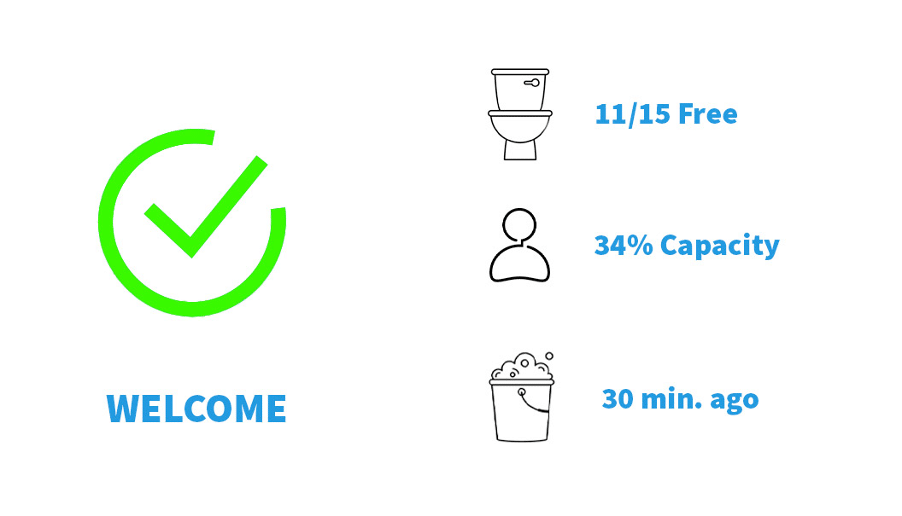
As the elderly and those with serious health conditions are encouraged to stay home and shield, remote care monitoring is in higher demand than perhaps ever before.
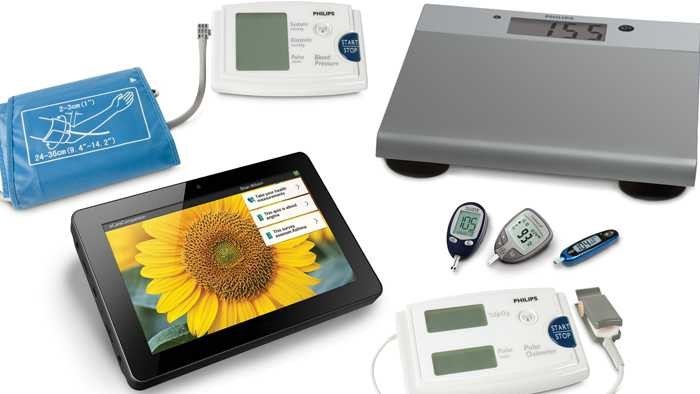
Philips Motiva is an interactive telehealth platform expertly designed by Philips Healthcare to empower patients to manage their chronic conditions, such as Chronic Heart Failure, Diabetes Mellitus, and Chronic Obstructive Pulmonary Disease (COPD). With data sent directly to their healthcare provider, medical staff can deliver effective patient care based on vital sign measurements.
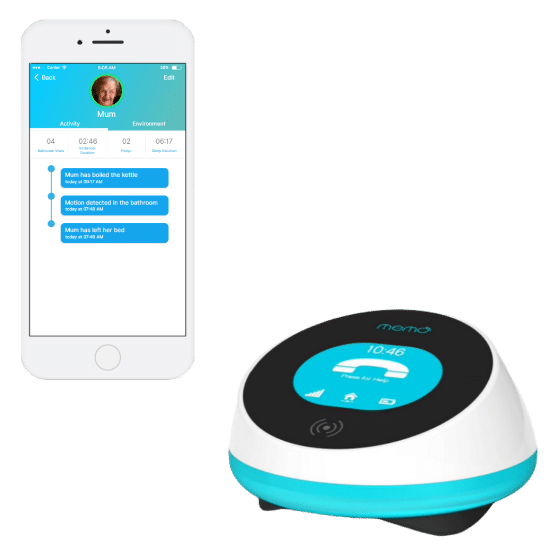
While Alcuris’ Memo Hub is an advanced home monitoring service to support older or more vulnerable individuals to maintain their independence. The Memo platform is a connected family of products formed of a telecare hub, mobile app, real-time data dashboard and a range of sensors including door, motion and fall detectors which link with the Memo Hub to enable better-connected care between patients and caregivers. The information and insight are then delivered to caregivers, via the Memo App or the Dashboard, triggering an alert if behaviour patterns change and if there is cause for concern over their wellbeing.
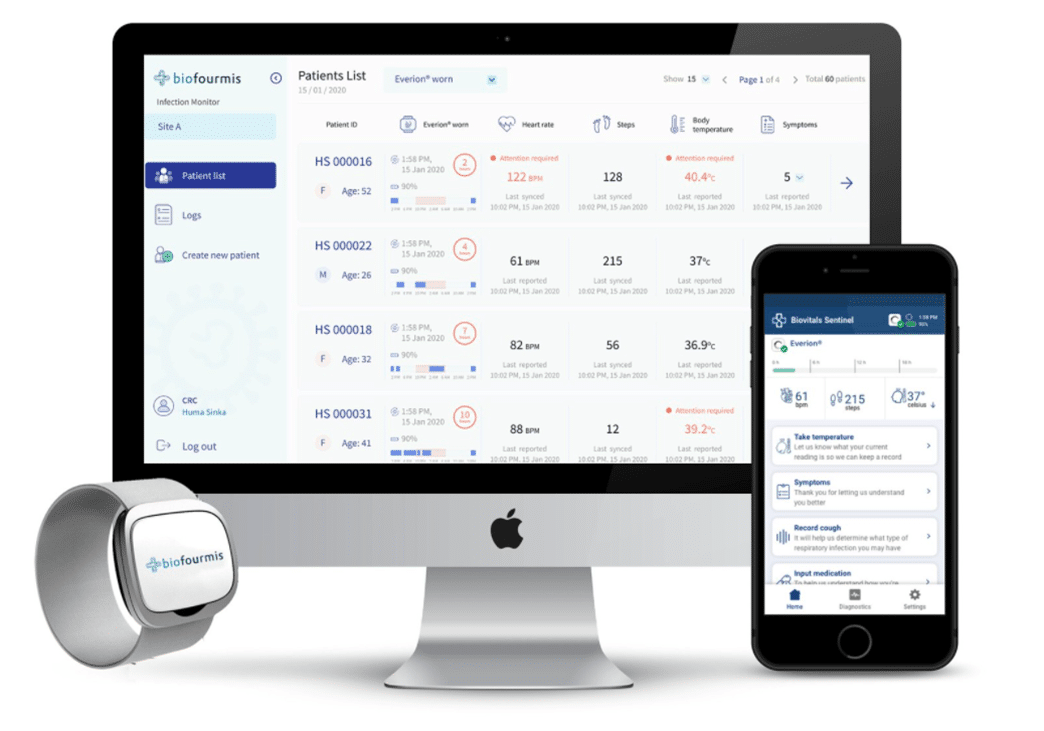
Biofourmis, a global leader in digital therapeutics that powers personalized predictive care, has recently announced the deployment of its AI-powered remote monitoring platform to monitor COVID-19 patients in Singapore on behalf of the Ministry of Health. Biovitals® Sentinel offers 24/7 remote monitoring technology and analytics which inform ‘clinicians with real-time vital signs and symptoms for early identification of any physiological changes that could indicate deterioration, and to enable earlier interventions for better outcomes.’
The latest news comes from the European Commission who have launched an €8 million project to insert IoT applications into healthcare and enhance remote care provided by hospitals.
The 3-year project called IntellIoT comprises a consortium of 13 partners from 9 countries, Siemens AG, EURECOM, Aalborg University, University of Oulu, TTControl GmbH, Telecommunication Systems Institute, Technical University of Crete, Philips, Sphynx Analytics Ltd., University of St. Gallen, Holo-Industrie 4.0 Software GmbH, AVL Commercial Driveline & Tractor Engineering GmbH, Startup Colors UG as well as University General Hospital of Heraklion.
IoT will become invaluable to hospitals and power the future of healthcare: offering time and cost savings, reducing infection transmission between patients and healthcare workers, and providing insights from dynamic tracking and monitoring.
The race is on to find a vaccine – and fast. Over 180 coronavirus vaccines are in development around the world with the wide majority in pre-clinical trials. For life to return to any sort of normality we need a vaccine that’s safe to use and quick to bring to market. To do this, the vaccines must go through rigorous testing; tests in small groups for safety, larger tests for effectiveness, and larger-scale efficacy and safety trials before it’s deemed safe to roll out. On average, according to the World Economic Forum, vaccines can take between 10 and 15 years to bring to market. Given the severity of the pandemic, time is of the essence. The fact that 11 vaccine trials have already got to the final stage of testing is itself a remarkable historical feat.
In the past week, it’s been announced that Pfizer and BioNTech are the first to develop an effective coronavirus vaccine offering 90% protection and no serious side effects. Monumental news and the first ‘milestone’ vaccine.
Once a viable vaccine is approved, we need to consider the global logistics and how to coordinate its distribution. And that’s where IoT steps in with vaccine cold chain monitoring.
In short, vaccine cold chain monitoring is real-time logistics management of the vaccine during its transportation from lab to storage to maintain product quality.
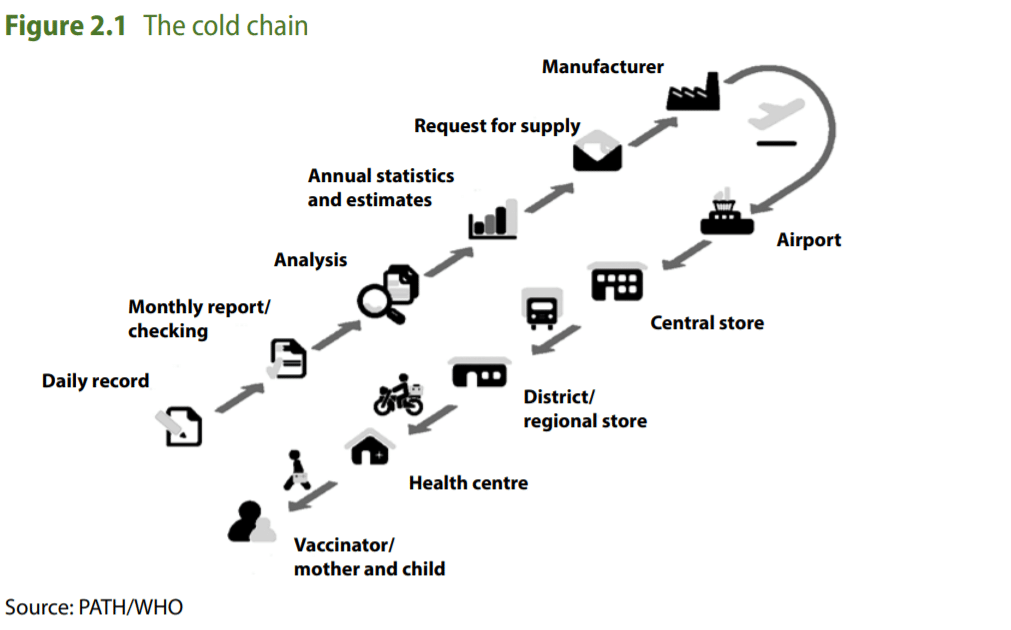
IoT sensors are positioned on the vaccine, and cold chain data loggers transmit accurate information of condition logs via cellular data networks to the cloud. This information is gathered through sensors which monitor a range of vital information including stock levels, location and temperature.
IoT helps to maintain a reliable vaccine cold chain by constantly monitoring how the vaccines are stored, whether they are being packed and transported according to procedural guidelines and preserving the recommended cold chain conditions during immunization sessions.
Yes. As the World Health Organisation outlines, ‘Vaccines are sensitive biological products. Some vaccines are sensitive to freezing, some to heat and others to light. Vaccine potency, meaning its ability to adequately protect the vaccinated patient, can diminish when the vaccine is exposed to inappropriate temperatures. Once lost, vaccine potency cannot be regained.’
Pfizer and BioNTech’s vaccine must be stored at -70C (-94F) to ensure the ingredients are stable before use. How the vaccine travels is also important. The Wall Street Journal disclosed that Pfizer has developed a special cool box which is temperature-controlled and can store between 1,000 – 5,000 doses for 10 days at the recommended temperature before needing re-icing. Further, these ‘suitcase-sized’ boxes will allow them to expedite transportation and roll out the vaccines faster.
IoT will be pivotal as we gear up for a global vaccination distribution campaign. Given the vaccine’s sensitivity to temperature, the vaccine cold chain is critical for safeguarding the COVID-19 vaccine’s potency and ensuring it arrives in optimal condition.
IoT technology has become a necessity in healthcare for its ability to predict, prevent and control emerging infectious diseases. Harnessing its power, we can – and we will – intelligently combat COVID-19.
Predictable performance is the key to IoT success. Let our experts test your device for free. Receive a free trial IoT SIM trial kit and speed up your IoT deployment with expert insights and seamless connectivity.